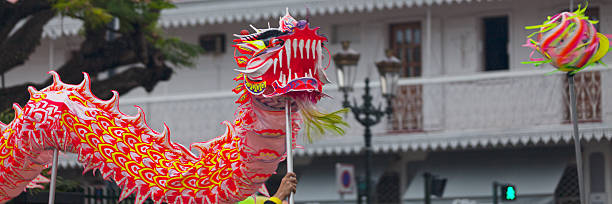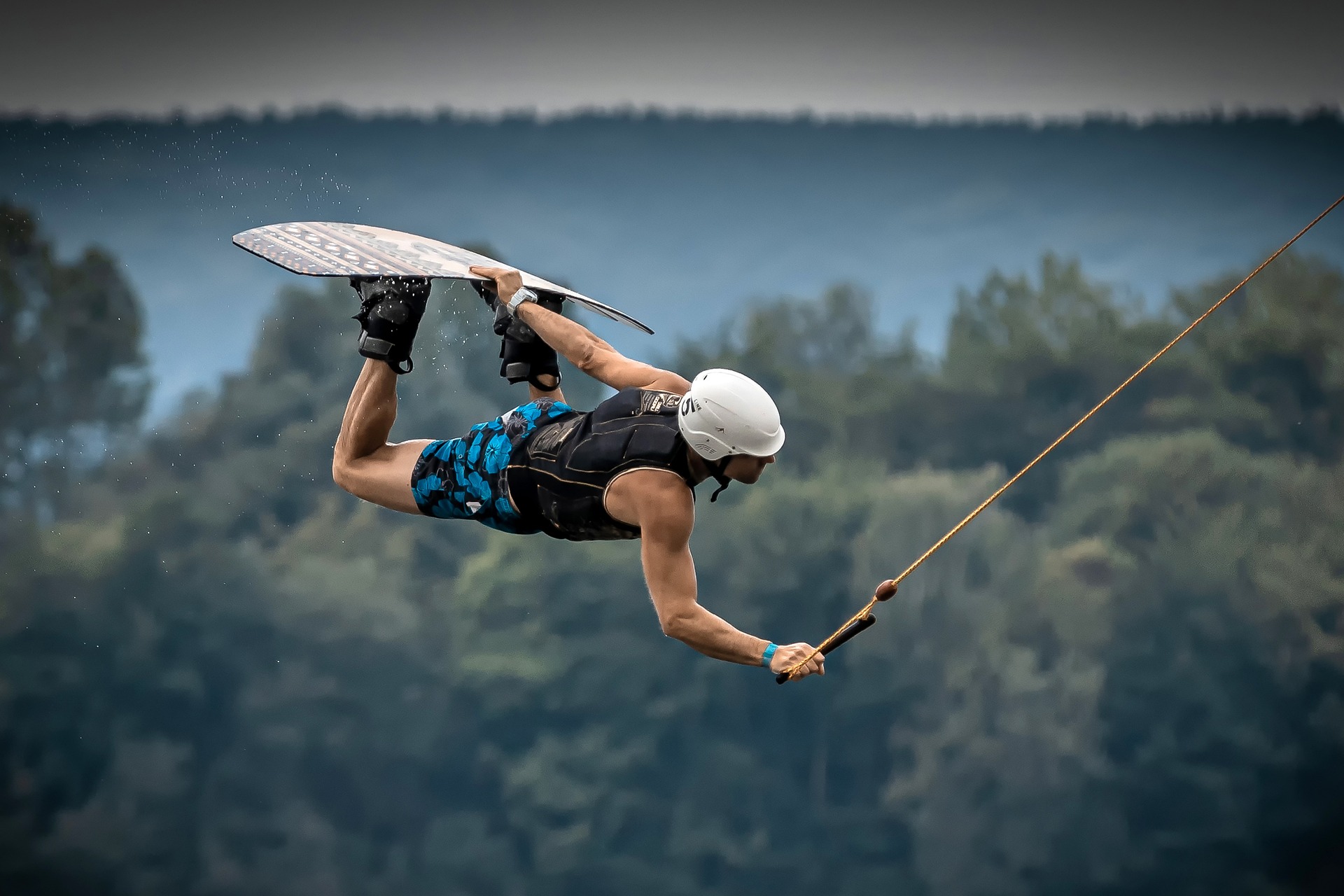A Dance with Dragons: The Rebirth and Relevance of Dragon Mythology in Contemporary Arts
Our world has been shaped and reshaped by stories since the dawn of time. These narratives, often passed down through generations, serve to educate, entertain, warn, and inspire us. Among these tales, few creatures are as universally recognized or as powerfully symbolic as the dragon.

The Dragon’s Journey: A Historical Overview
The dragon, a mythical creature, has fascinated and terrified humanity for centuries. It’s a symbol that transcends cultures, appearing in the mythologies of East Asia, Europe, and the Americas. Whether they are benevolent, wisdom-filled deities or fire-breathing harbingers of chaos, dragons have never failed to captivate the human imagination.
The Dragon’s Rebirth in 21st Century Arts and Entertainment
In the 21st century, a resurgence of dragon mythology has taken the arts and entertainment industry by storm. This can be seen in the popularity of blockbuster films like “How to Train Your Dragon,” the “Harry Potter” series, and the internationally acclaimed television series “Game of Thrones.” These productions have breathed new life into the dragon, transforming it from a creature of antiquity into a symbol of the contemporary cultural zeitgeist.
The Impact and Significance of Dragon Mythology
The re-emergence of dragon mythology in popular culture has had a significant impact, particularly in how it has influenced storytelling and character development. Dragons often serve as metaphors for power, wisdom, and destruction. They challenge heroes, symbolizing the colossal obstacles that must be overcome to achieve greatness.
The Reception and Interpretation of Dragon Mythology
The reception and interpretation of dragon mythology in contemporary arts and entertainment vary widely. In the East, dragons continue to be respected as symbols of power and good fortune. In the West, they are often depicted as formidable adversaries. Regardless of cultural context, the dragon’s enduring popularity testifies to its power as a captivating and versatile symbol.
The Dragon’s Future: An Everlasting Flame
Given the dragon’s deep roots in human culture and its renewed popularity in contemporary arts, it’s safe to say that the dragon isn’t fading into obscurity anytime soon. As long as there are stories to be told, the dragon will continue to serve as a powerful symbol, a challenge to be conquered, and a force that inspires awe and wonder.
In conclusion, the dragon, a creature of ancient myth, has found new relevance and resonance in the 21st-century arts and entertainment industry. The stories we tell about dragons reflect not only our fears and aspirations but also our capacity to imagine, create, and transform. The dragon’s dance is far from over; it’s just getting started.




